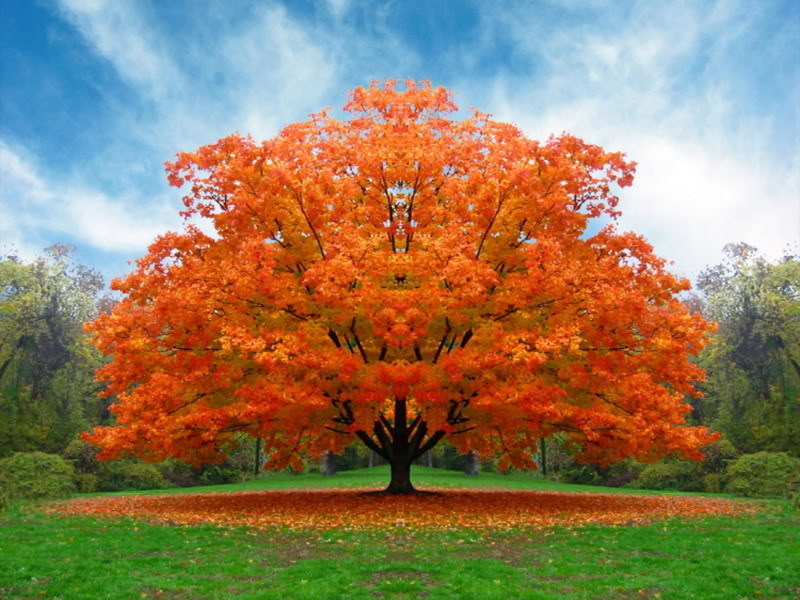
The treatment is ineffective because it does not address the underlying cause of alkaline soils.
#PIN OAK TREE PROFESSIONAL#
A professional arborist can inject iron into trees to keep them looking new. If this is done frequently, you will usually see a quick green up within days or weeks. Iron sulfates, also known as iron chelates, can be used on trees as afoliar spray. Iron chlorosis can be effectively treated in trees. Oak trees (Quercus palustris) can grow on alkaline soils. If chlorosis is severe and not treated, trees may defoliate, weaken, and eventually die if left untreated. When there are underlying soil issues, pin oak yellowing is more likely. Another option is to change the pH of the soil around the tree. Because the injection will not produce any visible changes in the leaves, it must be reapplied after a short period of time. Iron injections can be used to treat trees, preferably by an arborist. Iron chlorosis can cause problems with pin oak and river birch trees. To remedy these problems, combine an acidic or iron-rich soil amendment or a tree fertilization. The plant grows well in shade, floods during the winter and early spring, and tolerates heavy clay soils. The pin oak is a hardy tree that grows in a variety of soils. Azoxystrobin, available for consumer use as Scotts Disease-EX and for commercial use as Heritage, has some appealing characteristics. What is the latest I can plant purpleheart (Setcreasea) without worrying about it freezing? I have two Chinese pistachio trees in my yard that have brown leaves every year. Tarr, a cool-season disease, is more common in April and May during these seasons. In general, pruned tulips can be done at any time of year, but the best advice is to remove any stem that does not belong. Blueberries are difficult to justify on a budget outside of East Texas, so purchasing them in stores is a better option. It’s possible that the soil was too dry one or more times, but it’s also possible that mineral salts accumulated. Pin oak (Quercus palustris) leaves appear to be very similar to those of Shumard red oak, but pin oak leaves must be acidic in order to survive and develop iron deficiency symptoms. If the soil pH rises, it is critical for pin oak plants to become less able to absorb iron. The presence of chlorine in pin oak leaves is generally associated with a pH level greater than 7 on alkaline soils. Iron plays an important role in chlorophyll synthesis. When iron levels are low in plants, the leaves cannot produce chlorophyll, resulting in a yellow appearance. A trained arborist can inject iron into a pin oak’s trunk in order to achieve a good trunk condition. A few iron chelates, chemicals that bind with iron, can help to improve iron’s availability on pin oak roots.

If there is lime in the soil, a round, one-tablespoon sample of crumbled, dry soil should be placed in a cup and moistened with vinegar. It is common for small leaves to curl up and fall off on their own. A pin oak may suffer from iron chlorosis if its soil does not provide enough soluble iron. plant hardiness zones 4 to 7, but can be grown in zones 8 and 9 if grown organically.

Pin oak (Quercus palustris) grows naturally in U.S. It is also important to make sure that the tree is getting enough other nutrients, such as nitrogen, before adding iron. When giving iron to a pin oak tree, it is important to use a chelated form of iron and to follow the package directions carefully. Iron is an important micronutrient for trees, but too much iron can be just as detrimental as too little.


 0 kommentar(er)
0 kommentar(er)
